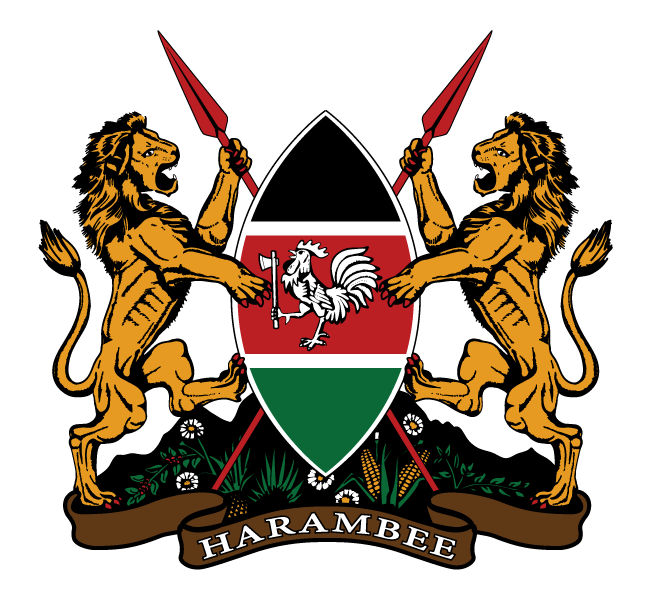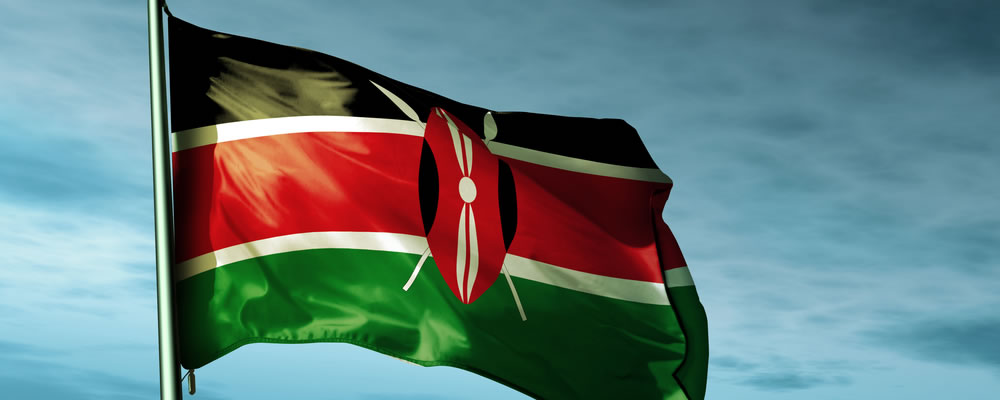EXECUTIVE
The National Executive of the Republic comprises the President, the Deputy-President, the Attorney General and the Cabinet Secretaries. The President is the Head of State and Government; he exercises the executive authority of the Republic with the assistance of the Deputy President and Cabinet Secretaries. He is the Commander-in-Chief of the Kenya Defence Forces and the symbol of national unity.
LEGISLATIVE
The Republic of Kenya is a unitary State. Kenya won its independence from British colonial rule on 12 December 1963. The country has a multi-party political system whose hallmark is parliamentary democracy. The Parliament of Kenya is a bicameral house consisting of the National Assembly and the Senate.
- The National Assembly has in total 349 members plus the Speaker who is an ex-officio. Article 95 of the Constitution establishes that the National Assembly shall consist of the following:- two hundred and ninety (290) members, each elected by the registered voters of single member constituencies; forty-seven (47) women, each elected by the registered voters of the counties, each county constituting a single member constituency; twelve (12) members nominated by parliamentary political parties according to their proportion of members of the National Assembly in accordance with Article 90, to represent special interests including the youth, persons with disabilities and workers; and the Speaker, who is an ex officio member. Members serve for a five year term.
- The Senate consists of 67 members plus the Speaker, who is an ex-officio member. Article 98 of the Constitution establishes that the Senate shall consist of the following:- Forty-seven (47) members each elected by the registered voters of the counties, each county constituting a single member constituency; Sixteen (16) women members who shall be nominated by political parties according to their proportion of members of the Senate elected under clause (a) in accordance with Article 90; Two members (2), being one man and one woman, representing the youth; Two (2) members, being one man and one woman, representing persons with disabilities; and The Speaker, who shall be an ex officio member. Members serve for a five year term.
JUDICIARY
This is the body responsible for determining disputes and interpreting statutes. It is independent of both the Executive and the Legislature. The Supreme Court is the final arbiter and interpreter of the Constitution. It comprises the Chief Justice, who is the President of the Court, the Deputy Chief Justice, who is the Vice-President of the Court and five other Judges.
The Court has Exclusive original jurisdiction to hear and determine disputes relating to the elections to the office of President arising under Article 140 of the Constitution. It also has appellate jurisdiction to hear and determine appeals from the Court of Appeal and any other court or tribunal as prescribed by national legislation.


